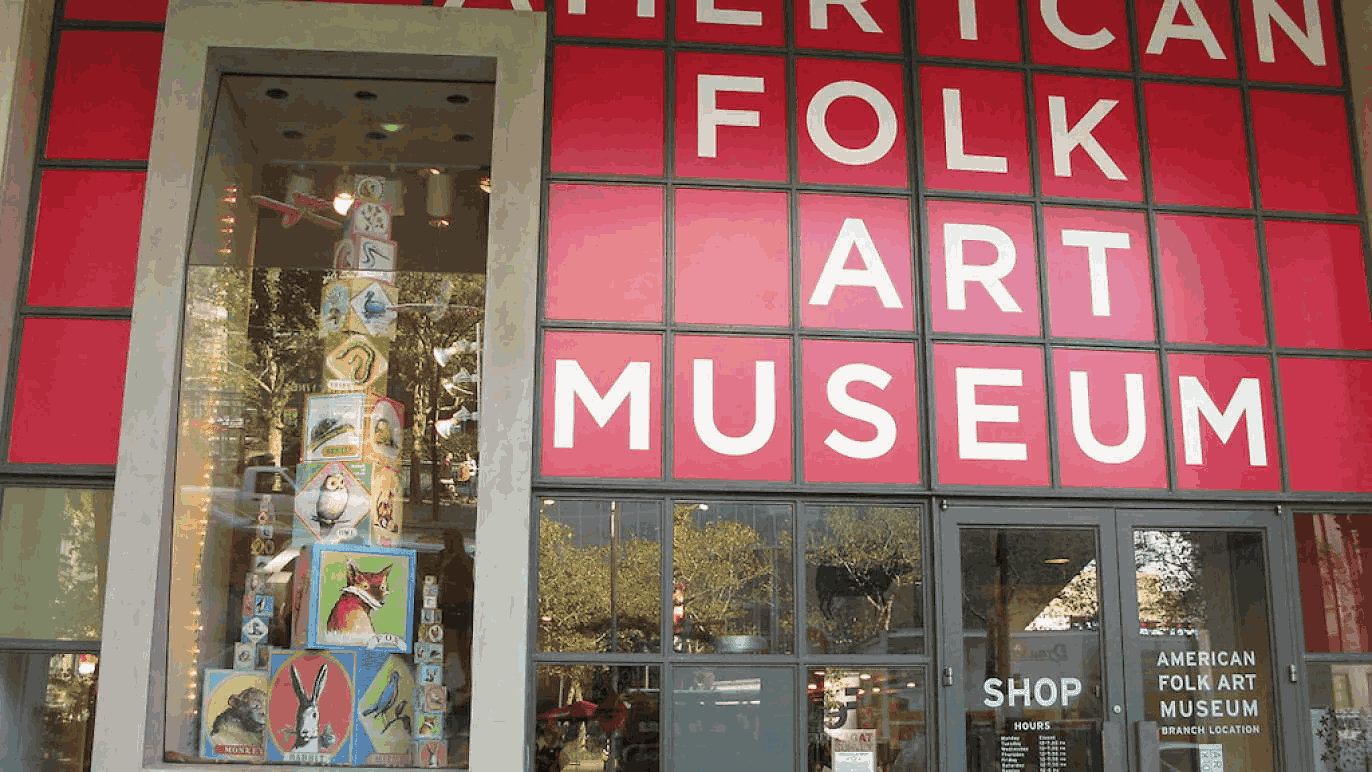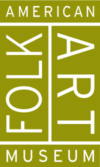Address: 2 Lincoln Square Columbus Avenue at West 66th Street New York
Phone: 212-595-9533
Working hours: The Museum galleries are currently closed and will reopen in September.

About us
Self Taught Art Across Time and Place
Candid, genuine, and unexpected, we are New York City’s only museum dedicated to folk & self-taught artists. Since 1961, the Museum has celebrated the creativity of individuals whose singular talents have been refined largely through personal experience rather than formal artistic training.
Our collection includes more than seven thousand works of art from four centuries and nearly every continent—from compelling portraits and dazzling quilts to powerful works by living artists in a variety of mediums.
From critically acclaimed exhibitions and publications to inspiring educational programs and robust community outreach, our mission is to be the leading forum shaping the understanding and appreciation of folk and self-taught art across time and place.
Below, left: Interior of John Leavitt’s Tavern (detail); Joseph Warren Leavitt (1804–1833); Chichester, New Hampshire; c. 1825; watercolor, ink, and pencil on paper, in original maple frame; 8 9/16 x 10 1/2 x 1/2 in.; American Folk Art Museum, gift of Ralph Esmerian, 2005.8.5. Photo © John Bigelow Taylor, New York. Below, center: Untitled (Idyllic Landscape with Children) (detail) (double-sided); Henry Darger (1892–1973); Chicago; mid-twentieth century; watercolor, pencil, carbon tracing, and collage on pieced paper; 24 x 106 1/2 in.; American Folk Art Museum, museum purchase with funds generously provided by John and Margaret Robson, 2004.1.3. © Kiyoko Lerner. Photo by James Prinz.
A celebration of an authentic American art
Self-taught art, past and present, tells empowering stories of everyday life.
The field of American folk art was first defined at the turn of the twentieth century by collectors, professional artists, critics, dealers, and curators whose search for an authentic American art seemed to be finally answered in works that presented a nuanced picture of national identity, faith, progress, ingenuity, community, and individuality. Under the umbrella of “folk art” the field expanded to also include artists working in the present. For the last twenty years, the term self-taught has more regularly come to address these artists, whose inspiration emerges from unsuspected paths and unconventional places, giving voice to individuals who may be situated outside the social mainstream. Those individuals have been active participants in the shaping of American visual culture, influencing generations of artists and establishing lively artistic traditions.
Above: Man Feeding a Bear an Ear of Corn; artist unidentified; probably Pennsylvania; c. 1840; watercolor, ink, and pencil on paper, 5 5/8 x 7 1/2 in.; American Folk Art Museum, gift of Ralph Esmerian, 2013.1.37. Photo © John Bigelow Taylor, New York.
A place for interaction and discovery
Join the community—participate in the museum’s educational and interactive programs.
The museum serves as an important source of information and scholarship in the field and hosts a wide array of events for every level of interest. Programs including lectures, panel discussions, and symposia make experts and cultural leaders accessible to the public. A variety of workshops and live musical performances are offered in the galleries each week, and school, summer camp, teen, and adult programs take place throughout the year. The museum is dedicated to making the study of folk and self-taught art available to and meaningful for all.
Visit the programs page to get involved.
Information and photos taken from the site: folkartmuseum.org
Photo taken from the site: www.timeout.com/newyork/museums/american-folk-art-museum





